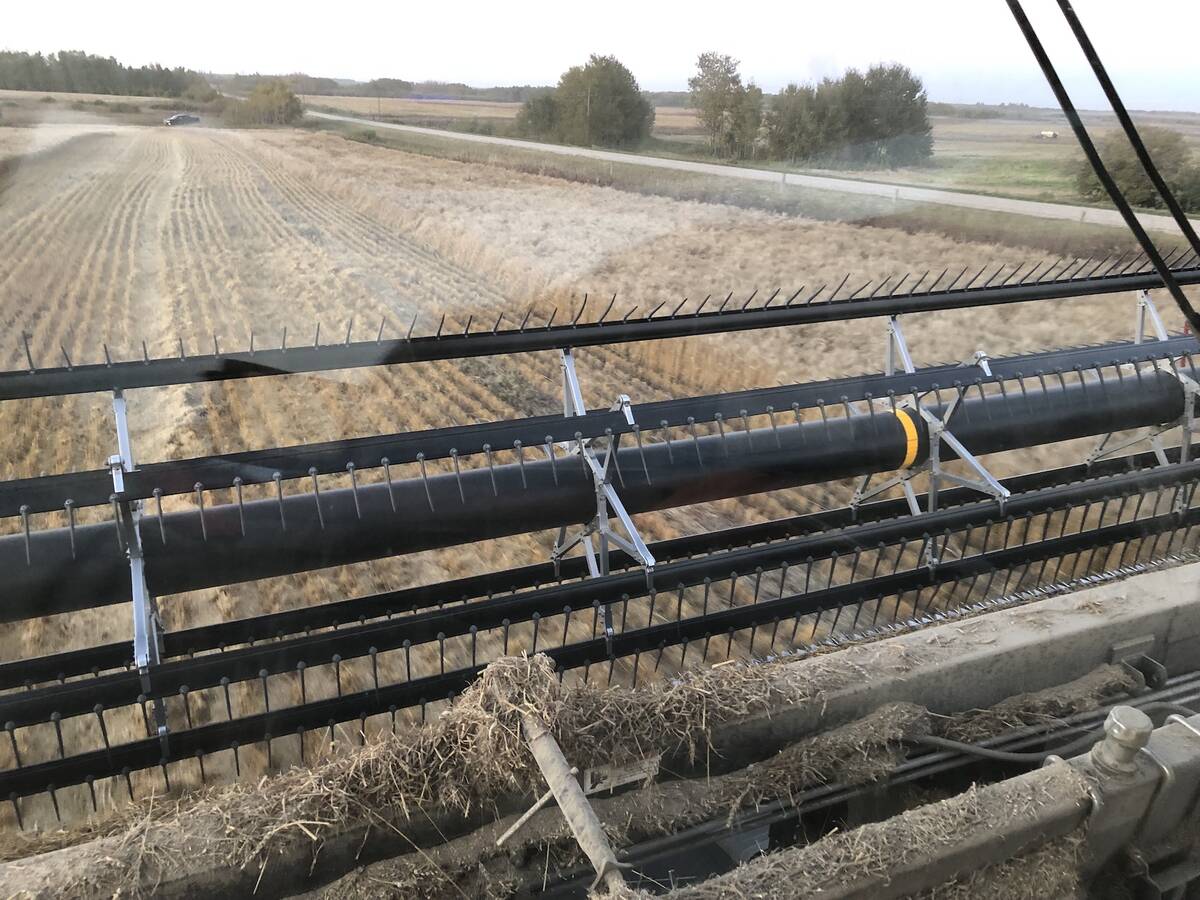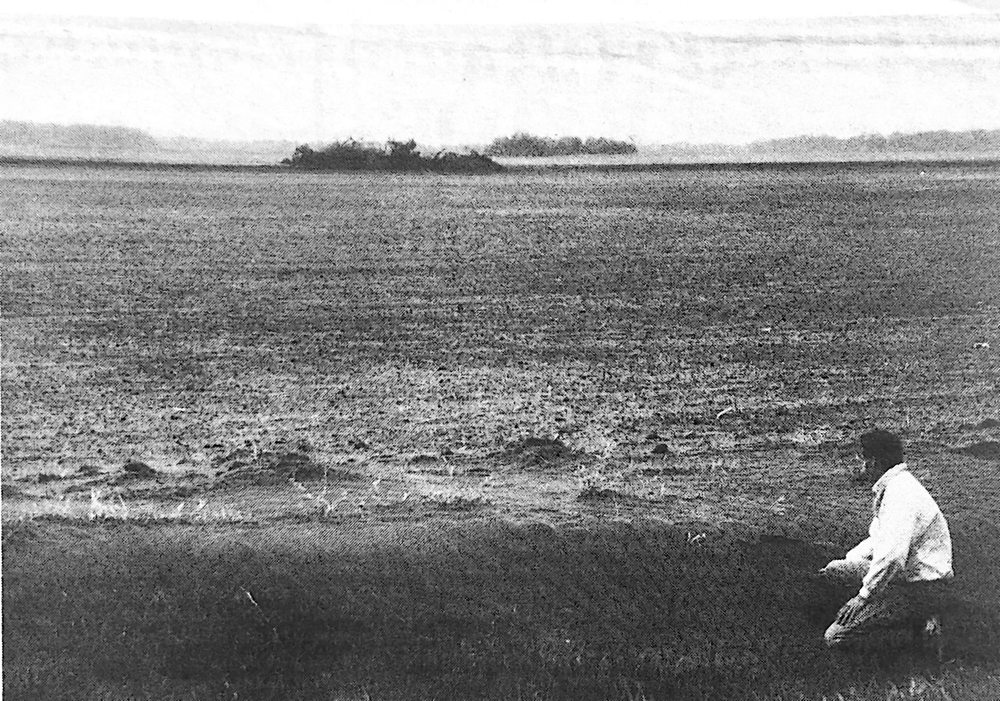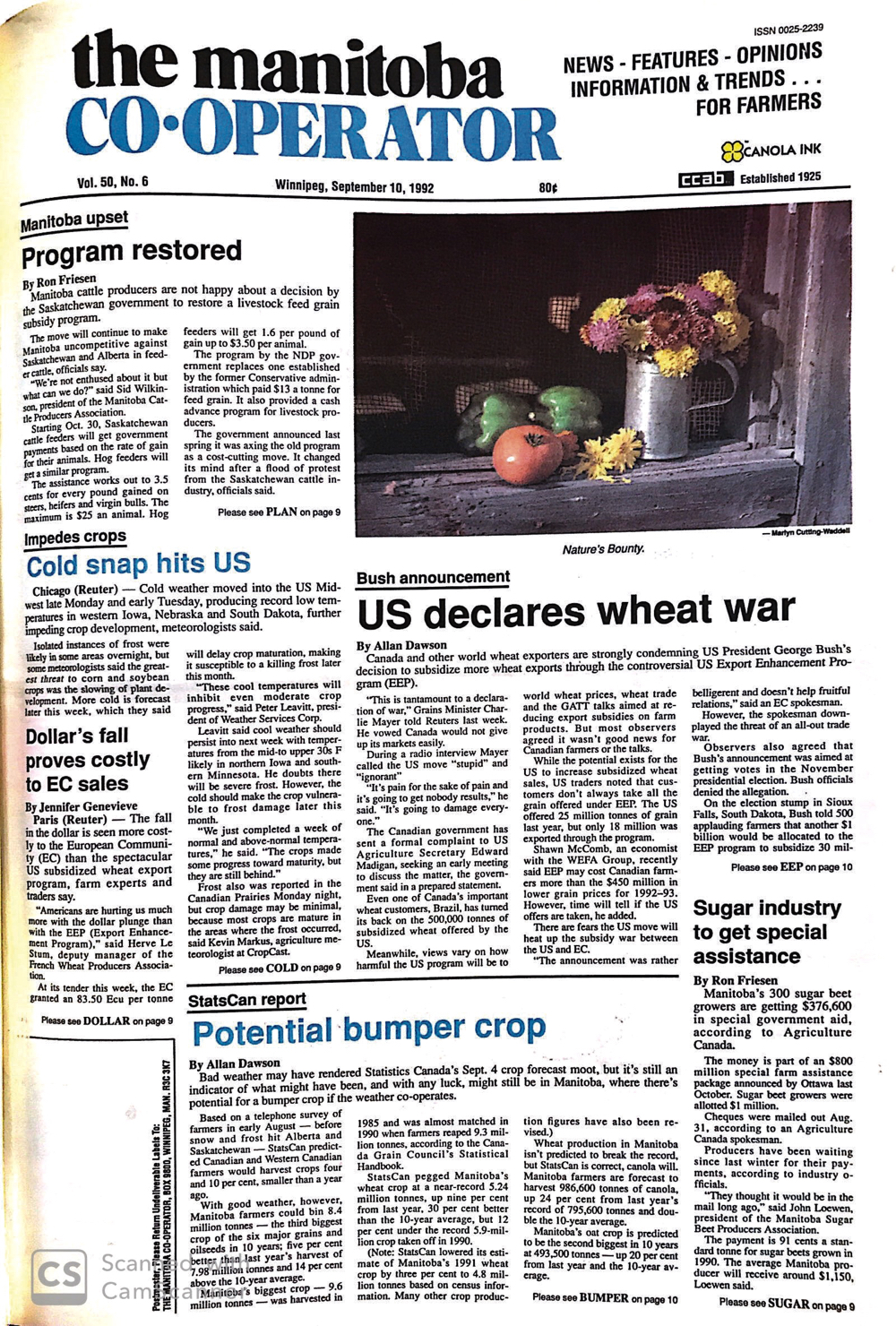Both the U.S. Midwest and the Canadian Prairies suffered from too much moisture in 1993, but things had switched by the spring of 1994. This photo in our May 26 issue showed a ditch full of topsoil north of Carman, the result of gale-force winds on May 17. A recently bulldozed shelterbelt could be seen in the distance. However, we reported in following issues that rains had returned and much of the western Canadian crop was off to a good start.
The wheat price war was still being waged, and U.S. Secretary of Agriculture Mike Espy had issued statements blasting Canada for selling wheat to Brazil too cheaply at US$104. However, European traders said the U.S. was selling for much less and that they needed extra subsidies to go below their most recent sales at US$93.
Read Also

The poetic epic of Manitoba farming 2025
Former Manitoba Co-operator editor John Morriss returns for his yearly poetic sum up of the farming year and look ahead into 2026.
The controversy took a strange turn when U.S. Ambassador James Blanchard criticized Espy’s comments in an interview with the CBC. He later issued a statement saying his comments were taken out of context, and that he supported Espy.
The Canadian Grain Commission said it would soon issue a code of ethics for its assistant commissioners after one was found to be growing and selling seed for Grandin, an unlicensed U.S. variety.
After a long-running bull market in cattle, prices crashed later in the month, with liveweight prices in Alberta down to 80 cents a pound from a high of 97 cents in April. On the other hand, ostrich and emu prices were still in a bubble and Manitoba producers were unhappy that quarantine restrictions made it difficult to sell birds to the U.S.















